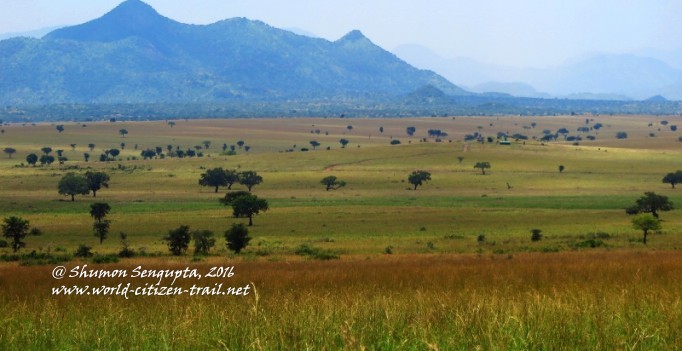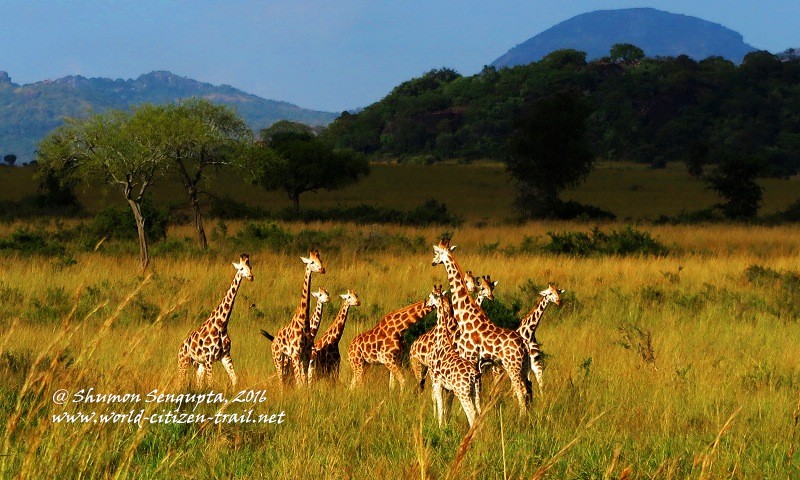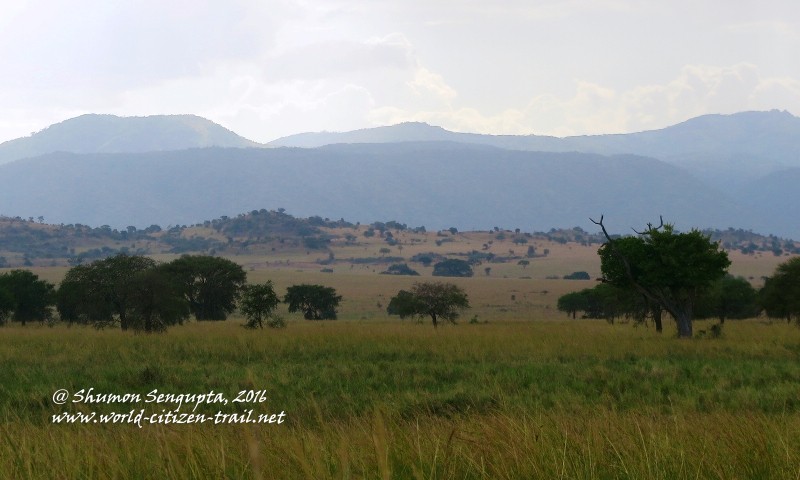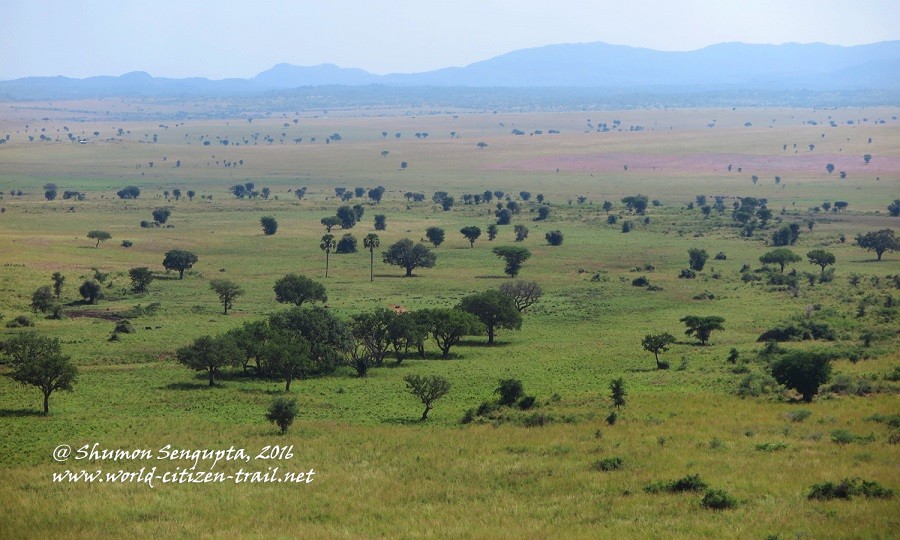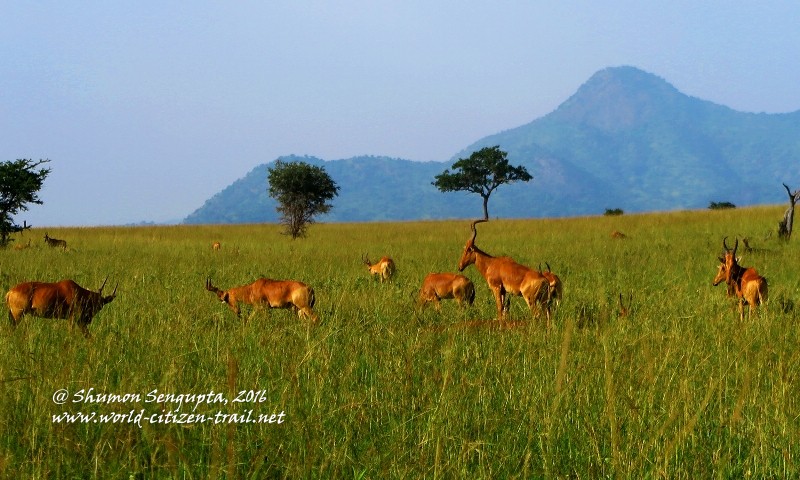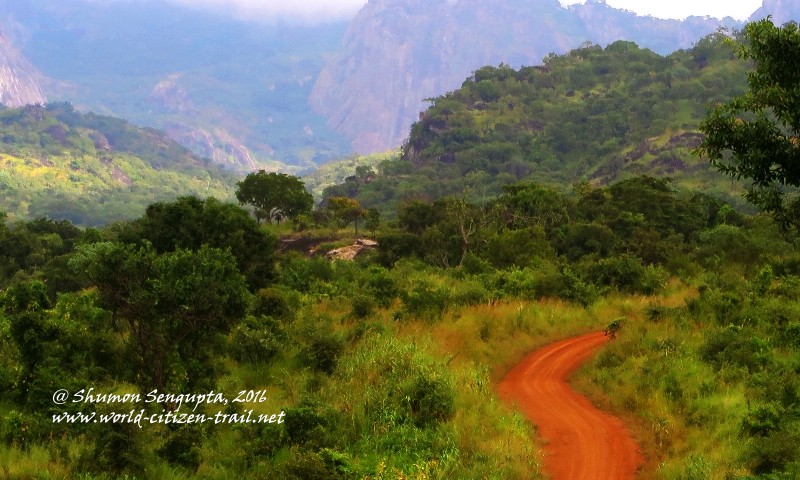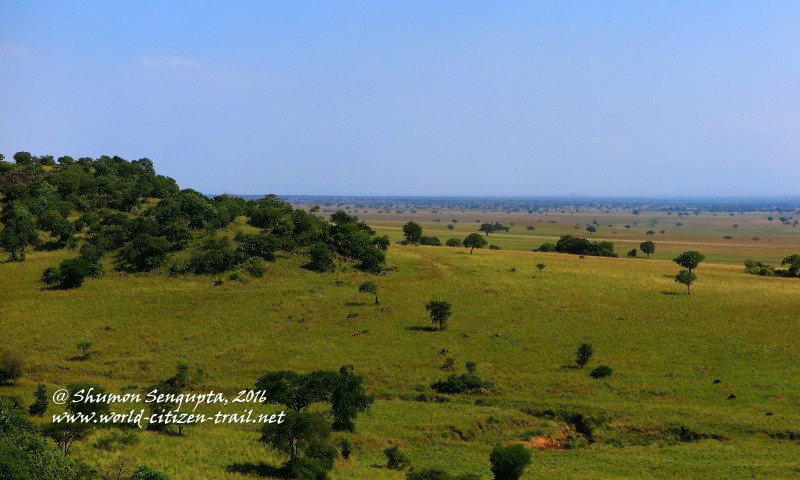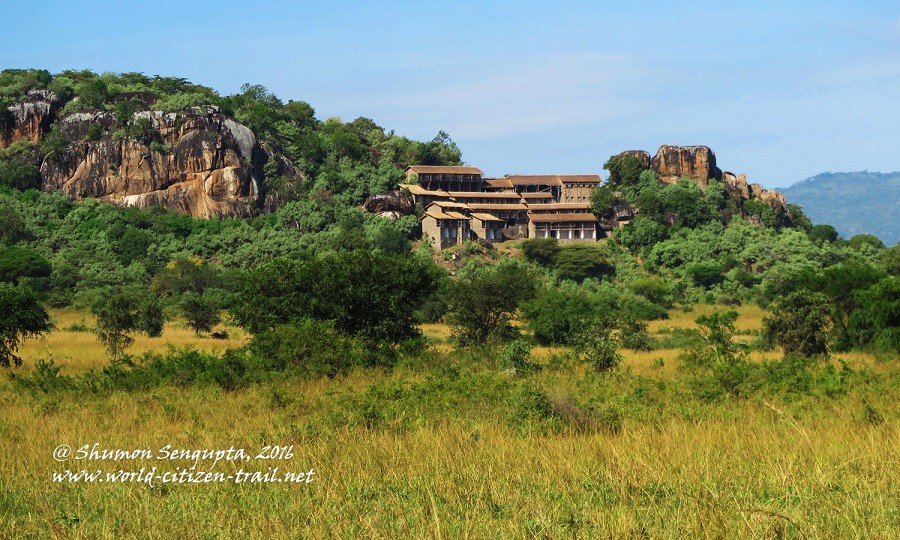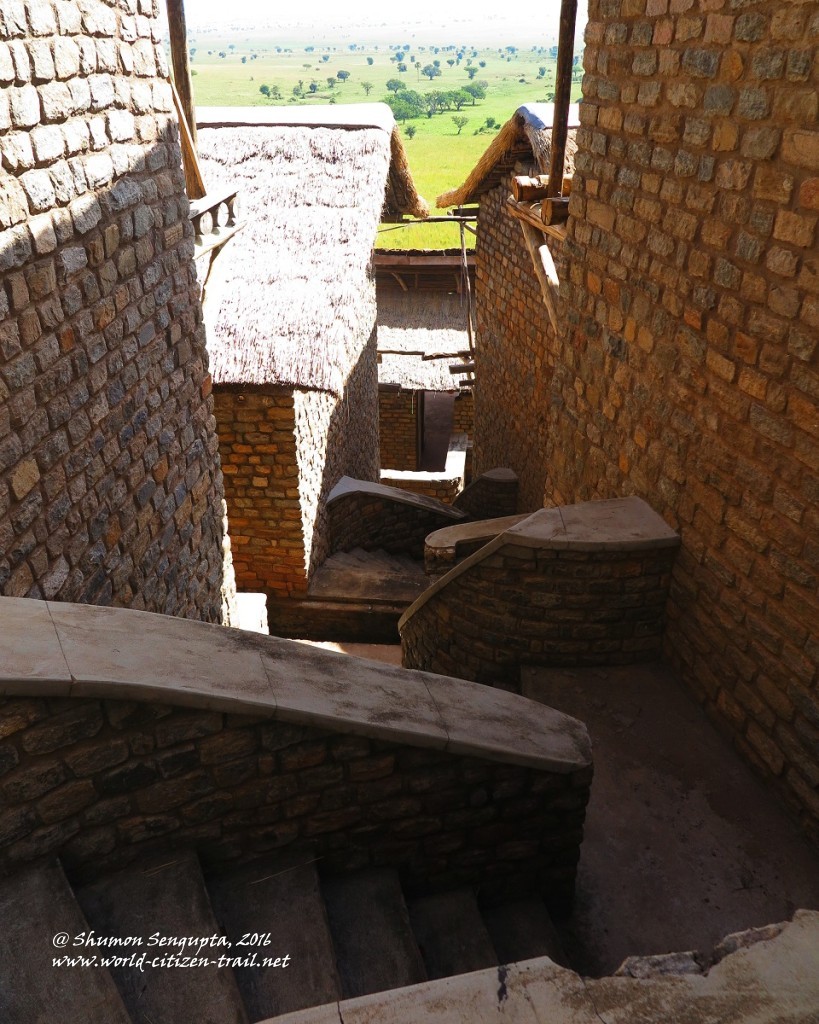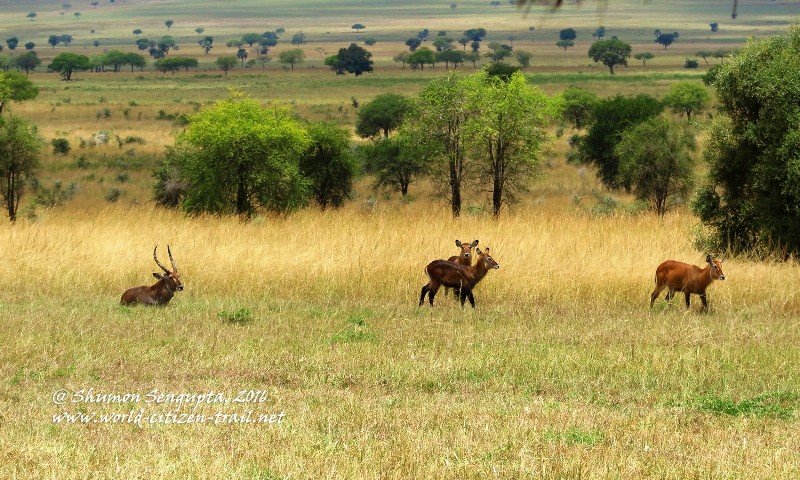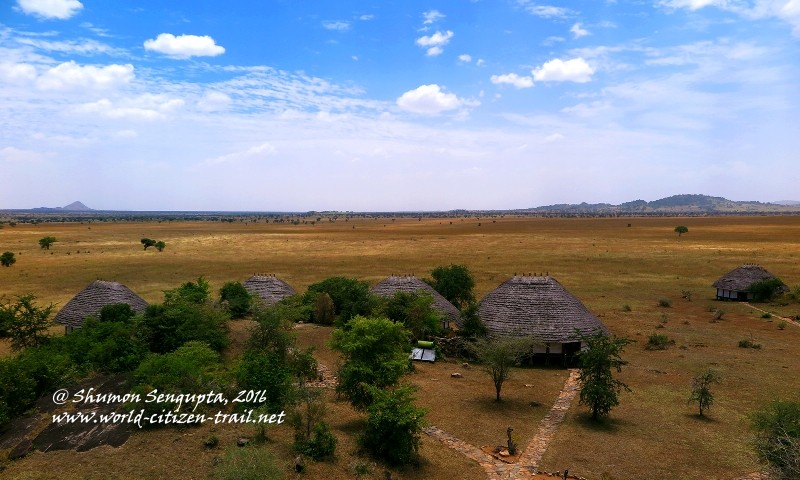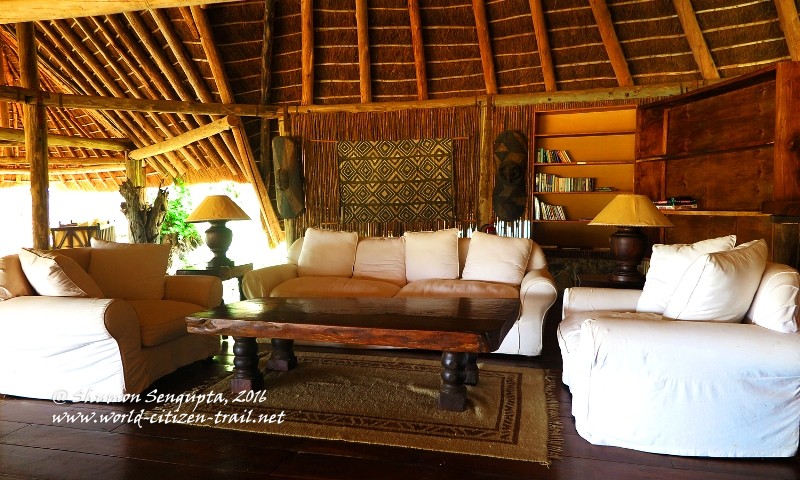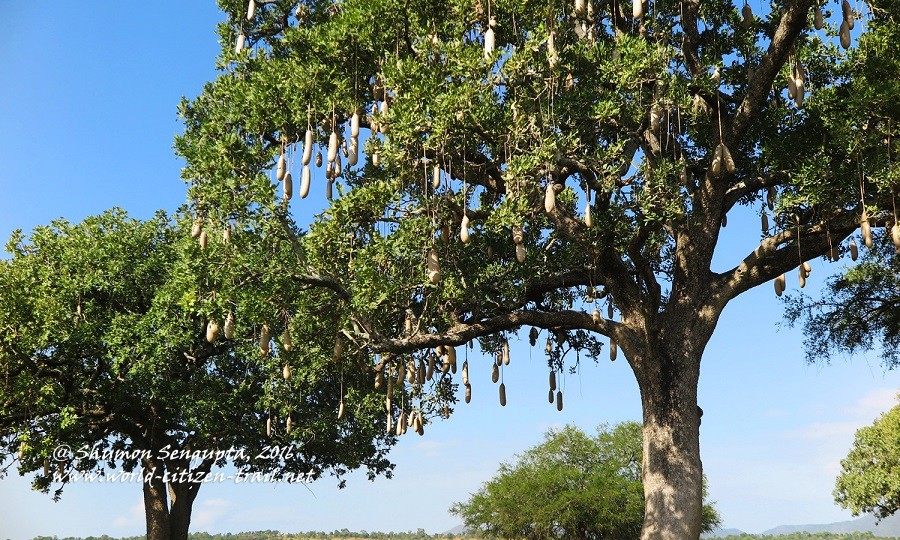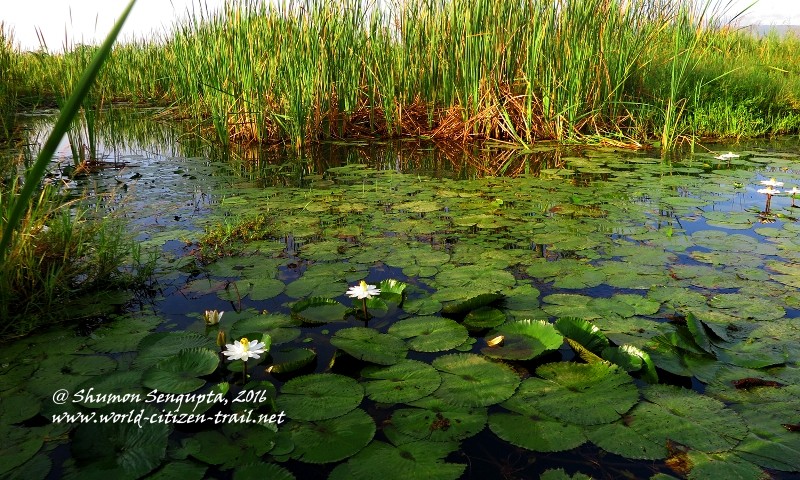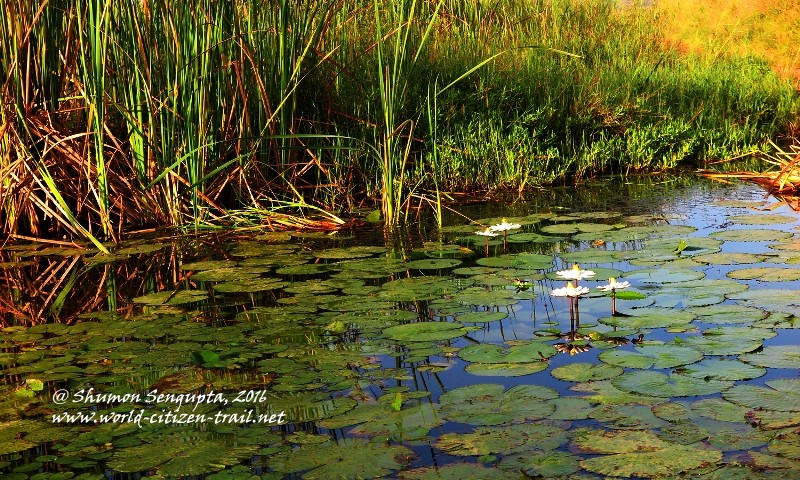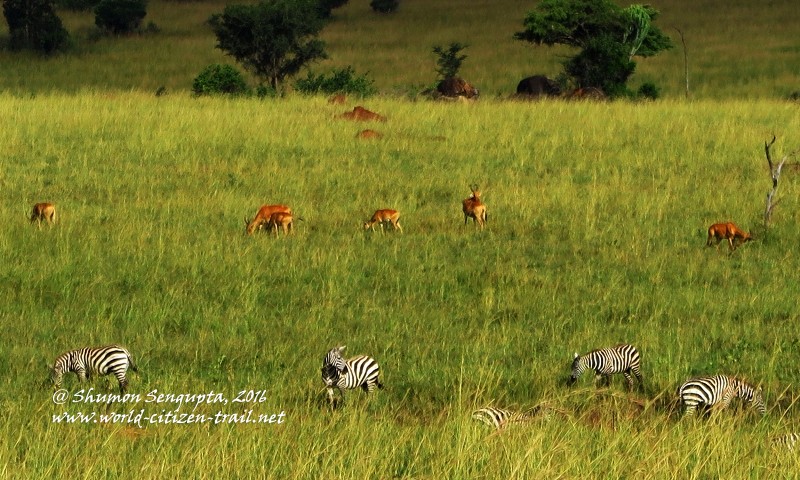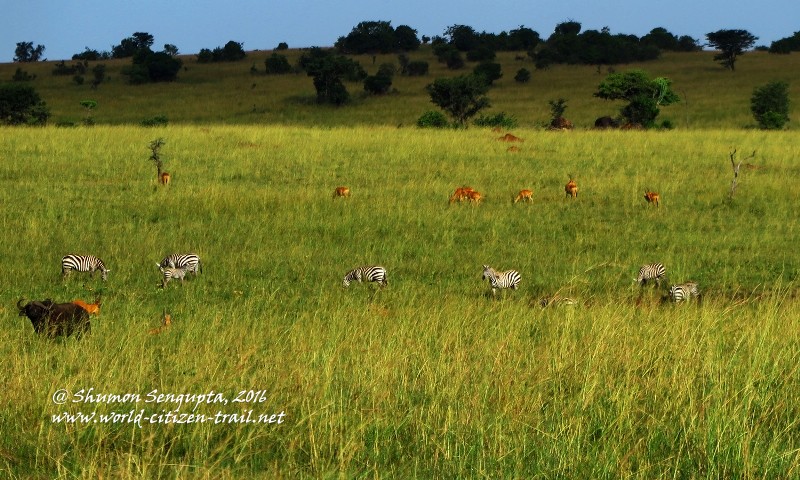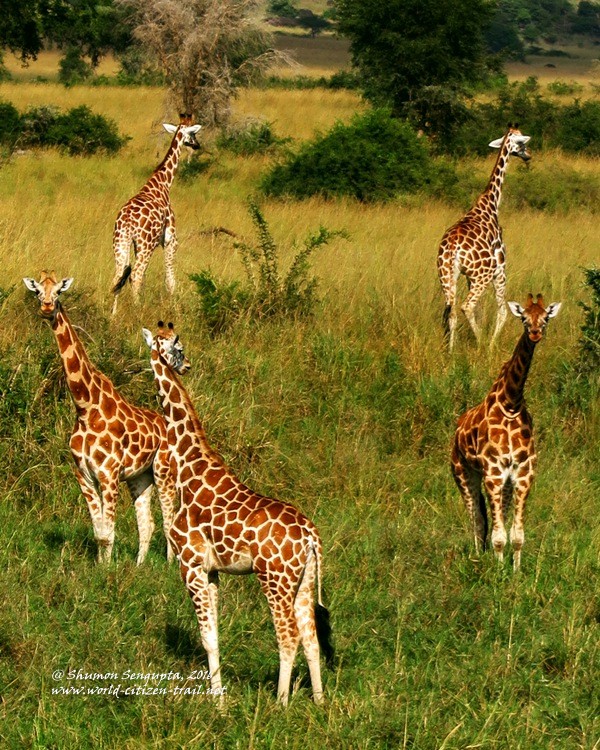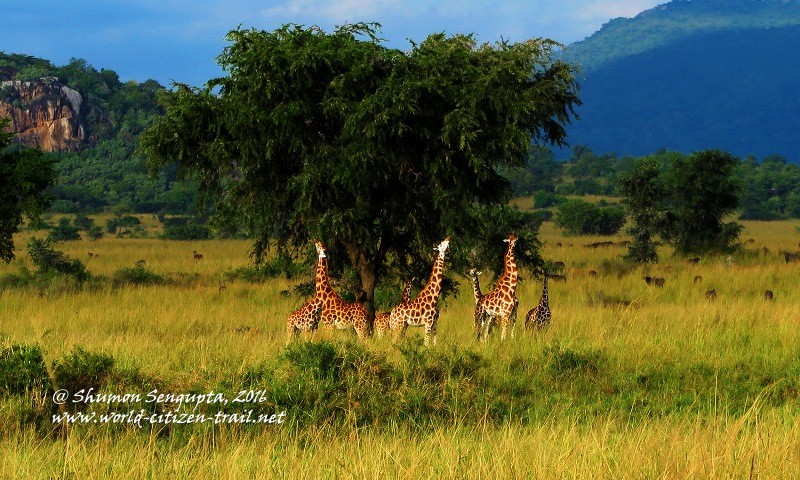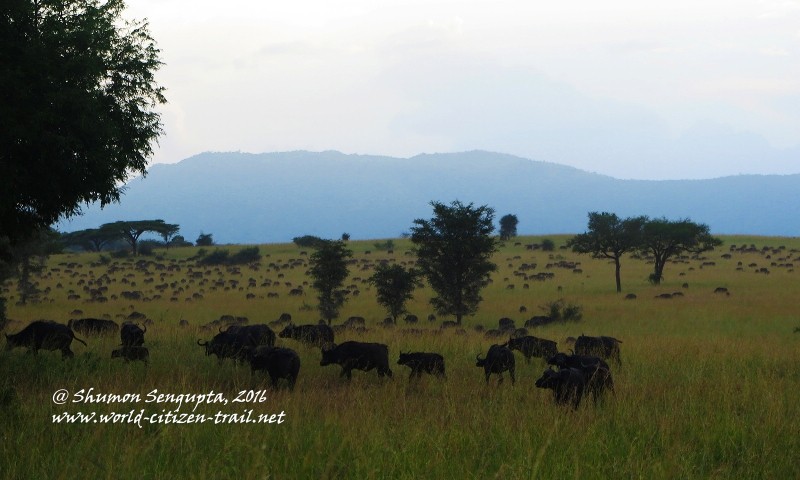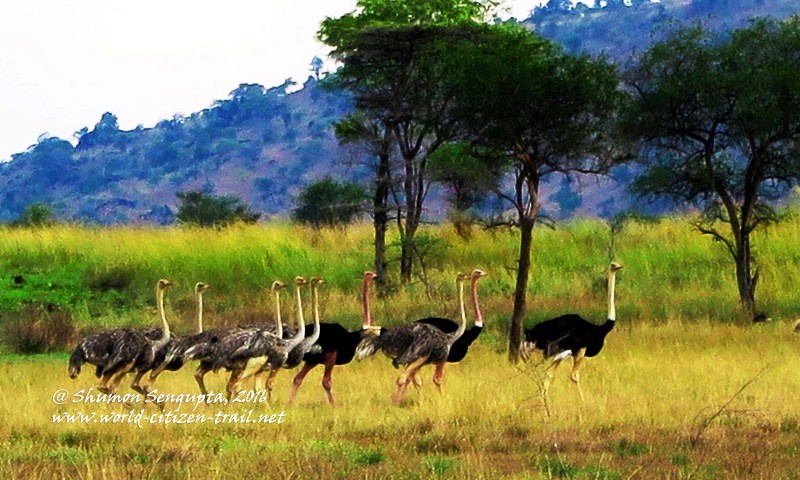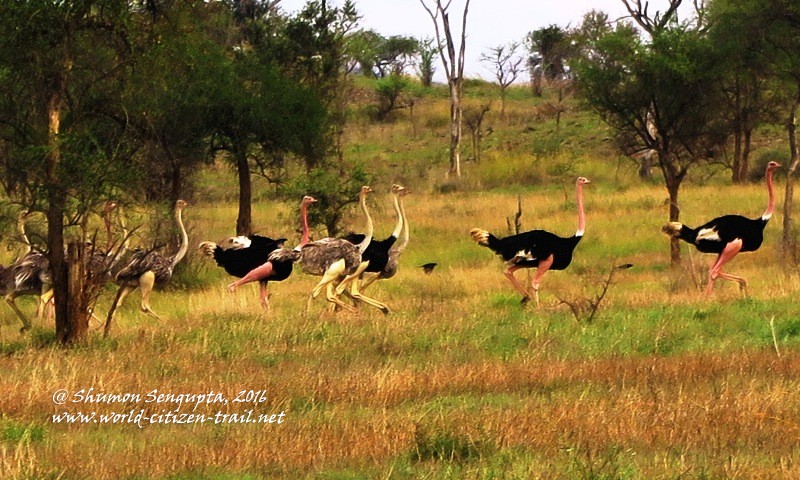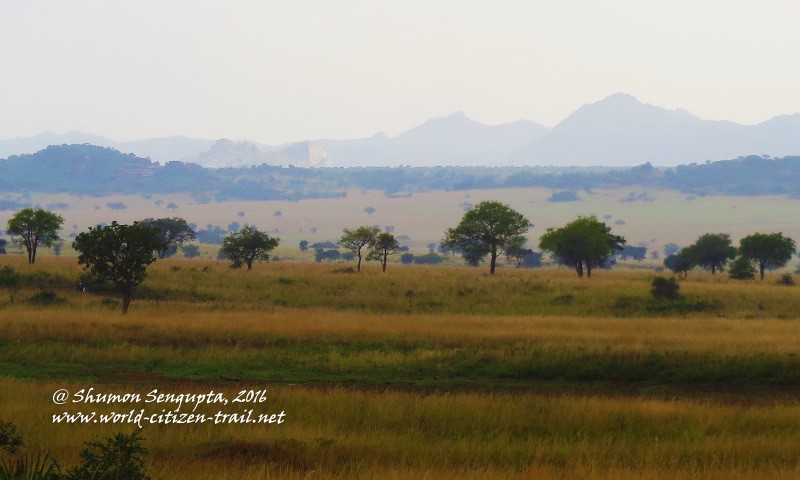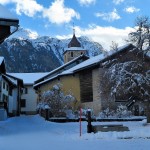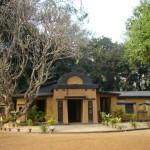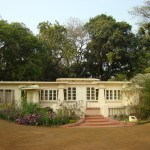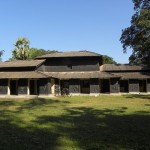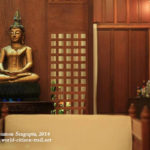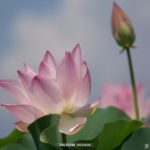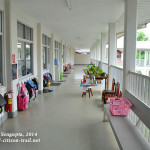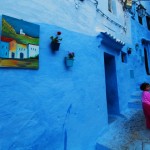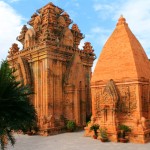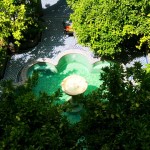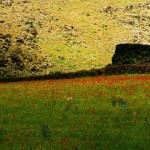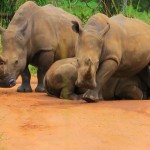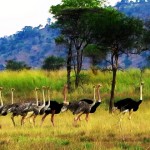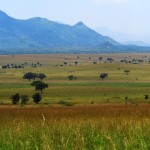The Kidepo Valley National Park (KVNP) is a prime African wilderness, extremely remote and difficult to get to. It is a vast, rugged, wild and magnificent expanse, literally untouched by outside world. In 2013, it was listed in the top ten choices of national parks in Africa by CNN, if that is anything to go by.
Located about 700 kilometers from the capital Kampala, the easiest way to reach the park is by an expensive flight. Since I was visiting the nearby region around Kitgum on work, I reached the National Park by a 4×4, via Gulu and Kitgum. A road trip from Kampala takes about 7-12 hours.
The National Park is located beyond the wild frontier region of Karamoja, the land of the legendary and fearsome Karamajong tribes. The park stretches over 1,440 square kilometers in the north-east extreme of Uganda, bordering South Sudan and Kenya and is characterized by seemingly endless arid and semi-arid rolling plains, intersected by hills, rocky outcrops, ridges and mountain ranges. Unlike many busy and touristy national parks of East and Southern Africa, the Kidepo Valley National Park, by the virtue of its remoteness and difficult access, receives very few visitors
Before the area was declared as a Game Reserve in 1958 and subsequently as a National Park in 1962, it was sparsely inhabited by Dodoth pastoralists and the ancient and endangered tribe of the Ik farmers, now edged out and reduced to tiny populations on a couple of remote mountain tops.
I stayed in a cottage in Apoka, deep inside the National Park. Located on the headland above the valley, the cottages overlook the game-rich Narus valley. Occupying a commanding height over an expansive savannah landscape, it affords views that extend to the distant horizons, fringed by a range of faraway mountains. The place is so immensely vast that you lose your normal sense of space and distance.
I spent three nights here and went out with my ranger guide for morning and evening game drives and wilderness walks. I also took the Katurum wilderness loop to the south and went up to the derelict Katurum Lodge (Idi Amin’s incomplete project, now being revived), located on the top of the hill. From there I got spectacular views across the vast valley, all the way till the Morungule mountain range at the distant horizon.
Although the national park takes its name from the Kidepo River, it is made of two major river valley systems – the Kidepo and Narus. The elevation of the valley floors range between 900 and 4,200 meters, with the Narus valley located a higher elevations than the Kidepo valley. The Narus Valley is located in the south-west of the park and occupies one third of the park. The Kidepo valley occupies rest of the two thirds of the national park, towards its north-east direction.
Average annual rainfall is about 800mm, which makes it an arid/semi-arid region. You find flowing water only in the wet / rainy season. The dry season causes extreme drought, particularly in the Kidepo valley, during which it becomes a vast expanse of parched land. The Narus valley on the other hand has surface and subterranean water – a few permanent water points and wetlands throughout the year. Hence parts of the Narus value, particularly near Apoka remains comparatively green even during the dry season. The oases around the water bodies along with the vast, open, rolling, rugged savannah makes the Narus Valley a prime game viewing location.
The national park has a staggering diversity of wildlife. 475 recorded bird species are found here, of which 14 are endemic. Of the 86 listed mammal species those that I spotted included the Zebra, Heartbeast, Elephant, Buffalo, Giraffe, Oribi, Waterbuck, Bright’s Gazelle, Antelope, Side-striped Jackal, Bat-eared Fox, Caracal and Lion. I found Zebras, Warthogs, Heartbeasts, Oribis and Reedbucks wandering about next to my cottage, early in the mornings and late in the afternnoons. Apart from the gigantic Martial Eagle and Ostrich, I saw a mind boggling variety of stunningly beautiful smaller birds.
And during one of the game drives, seated on a special seat, on top of the bonnet of our Safari jeep, I came dangerously close to the park’s notorious rogue elephant, named Bull who charged towards us on seeing our vehicle. Our Safari Vehicle sped through and narrowly escaped a catastrophe. I saw herds Buffaloes numbering in thousands and two elephants herds with over 100 members.
More than the diversity of wildlife, what really struck me was how pristine, untouched, primeval and magnificent this place was – it was a place of unsurpassed beauty. In some ways, it is even more spectacular than the Serengeti or the Masai Mara because of the stunning landscape of mountains all around and for the fact that in the absence of the clutter of tourists that you find in its more celebrated cousins in Tanzania and Kenya, in Kidepo, you hardly see another human being.
That makes the wilderness and wildlife experience so much more private, intimate and once in a lifetime experience.

